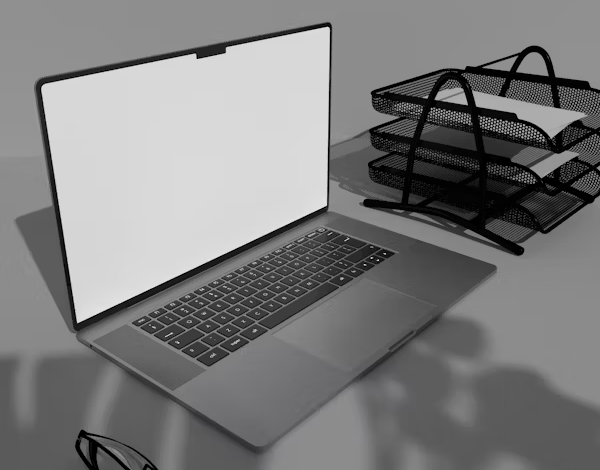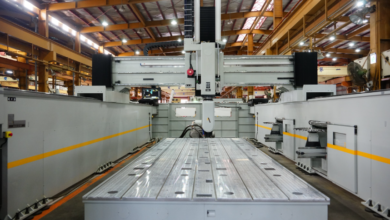Decoding Device Costs: Understanding What Influences Laptop Pricing

When shopping for a new laptop, the vast price differences between different models can feel overwhelming. Understanding the technical components that drive these costs helps you make smarter purchasing decisions. The hardware specifications, build quality, and advanced features all play crucial roles in determining the final price tag you’ll encounter.
Navigating laptop prices in Kenya requires understanding what you’re actually paying for beneath the surface. The same basic laptop design can range from budget-friendly options to premium models costing several times more. This price variation stems from specific technical components and manufacturing choices that directly impact performance, durability, and user experience throughout the device’s lifespan.
Core Processing Power Drives Primary Costs
Central Processing Unit Selection: The processor serves as your laptop’s brain, handling all computational tasks and significantly influencing overall performance. Entry-level processors offer basic functionality for simple tasks like web browsing and document editing. Mid-range processors provide balanced performance for multitasking and moderate gaming, whilst high-end processors deliver exceptional speed for demanding applications like video editing and complex software development.
Processing Architecture Impact: Modern processors use different architectures that affect both performance and power consumption. Advanced manufacturing processes create smaller, more efficient chips that generate less heat and consume less battery power. These technological improvements require substantial research and development investments, which manufacturers pass on to consumers through higher prices for laptops featuring cutting-edge processors.
See also: AI Image Generator: Transforming Creativity with Technology
Memory and Storage Solutions Shape Performance
Random Access Memory Capacity: System memory directly affects how many applications you can run simultaneously without experiencing slowdowns. Basic configurations typically include 4-8GB of memory, suitable for light usage patterns. Professional workflows often require 16GB or more to handle resource-intensive applications smoothly. The type of memory technology also influences pricing, with faster memory modules commanding premium prices.
Storage Technology Differences: Traditional hard disk drives offer large storage capacity at lower costs but sacrifice speed and reliability. Solid-state drives provide faster boot times, quicker file transfers, and improved durability but cost significantly more per gigabyte. The choice between these storage solutions represents one of the most noticeable trade-offs between price and performance in laptop configurations.
Display Technology and Graphics Processing
Screen Resolution and Quality: Display technology significantly impacts both user experience and manufacturing costs. Basic displays offer adequate clarity for general use but may struggle with colour accuracy and brightness levels. Higher-resolution screens provide sharper text and images but require more processing power and consume additional battery life, contributing to increased overall system costs.
Dedicated Graphics Solutions: Integrated graphics processors handle basic visual tasks adequately but struggle with demanding applications like gaming or video editing. Dedicated graphics cards provide superior performance for visual-intensive tasks but add substantial cost, heat generation, and power consumption. The choice between integrated and dedicated graphics often determines whether a laptop falls into budget or premium pricing categories.
Build Materials and Design Engineering
Construction Quality Standards: Laptop manufacturers use various materials that directly impact durability, weight, and overall feel. Plastic construction keeps costs down but may feel less premium and offer reduced longevity. Metal construction provides better durability and heat dissipation but increases manufacturing costs and final pricing significantly.
Engineering Complexity Features: Premium laptops often include features like:
- Backlit keyboards for improved visibility in low-light conditions
- Fingerprint scanners for enhanced security and convenient authentication
- Thunderbolt ports for high-speed data transfer and external display connectivity
- Advanced cooling systems to maintain optimal performance under heavy loads
- Reinforced hinges and keyboards designed for extended use
Additional Features That Influence Pricing
Connectivity and Expansion Options: Modern laptops vary significantly in their connectivity options, affecting both convenience and cost. Basic models may include standard ports and wireless capabilities, whilst premium versions offer advanced connection types, multiple display outputs, and future-proof technologies. These enhanced connectivity features require additional components and engineering, contributing to higher prices.
Battery Technology and Power Management: Battery life represents a crucial factor in laptop usability, especially for mobile professionals and students. Advanced battery technologies and power management systems extend usage time but increase manufacturing complexity and costs. Premium laptops often include fast-charging capabilities and intelligent power management that optimise performance based on usage patterns.
Conclusion
Understanding these core components empowers you to evaluate laptop options more effectively and identify the best value for your specific needs. Rather than focusing solely on price, consider which features matter most for your intended usage patterns. Take time to research specifications and compare similar models to ensure you’re making an informed decision that balances performance requirements with budget constraints for optimal satisfaction.




